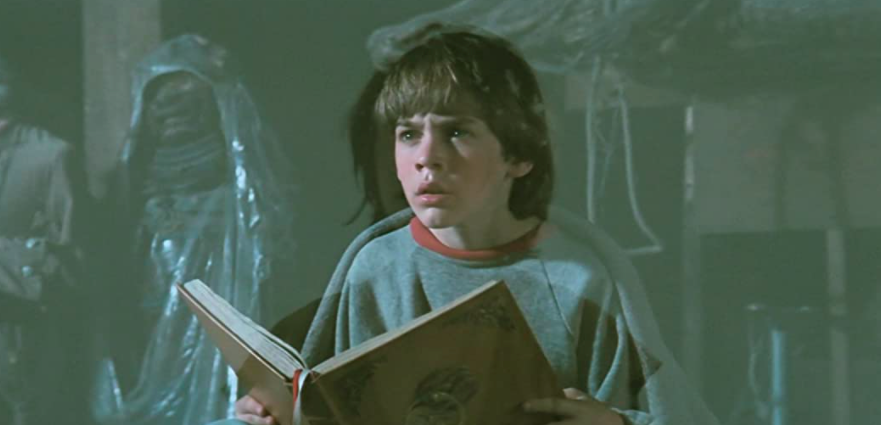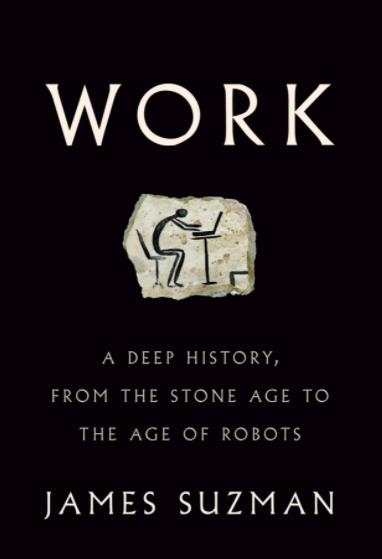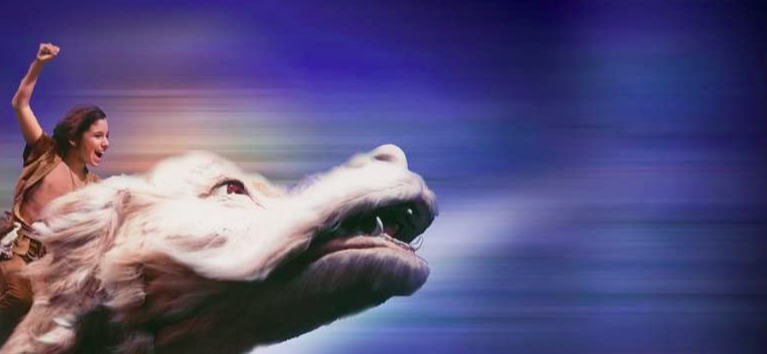The Neverending Story, Part 4: Reclaiming the Essential Human Vocation
“Afterthoughts” is a new Fear of God blog series featuring co-hosts and guests further unpacking thoughts, themes, and ideas that keep them up at night from the conversations and content covered on the show. This entry is by recent guest, Dave Courtney, and is the last part of a follow-up article series to this week’s episode featuring The Neverending Story. Enjoy, then, the latest entry in this new chapter of The Fear of God…
One final reflection to help underscore this notion of The Neverending Story being, as it was so wonderfully described in the podcast episode, a living text. A living text that is made alive in us rather than through the closed and far too often idolized pages of a book. What makes the story never ending or eternal is the fact that as we read it (and in the case of Bastian in Ende’s vision, as he reads and rereads it), we begin to find ourselves taking residence within its pages as a functioning character. And as we find ourselves in this story we also begin to uncover then the human vocation to “create” and to “make”. This becomes the very means by which God is bringing about the new creation through us as participants in the raised Temple of God.
This is where I think my initial reference in the “whatcha” section of James Suzman’s book Work: A Deep History From the Stone Age To The Age of Robots, actually intersects. In it he describes the essential foundation for life itself being found in the need to create, or to work. In our observations of the way life works in scientific terms, this fact appears to be written straight into our DNA. Suzman is not speaking from a religious perspective, but he acknowledges a part of the mystery being that this pattern of “creation” seemed to require an initial push, something that set this pattern in play so as to allow life to then live in to it accordingly. This provides a powerful contrast then to his continued observation of this narrative of “creation” coming to a crucial and pivotal point in the discovery of fire. For the first time in life’s history an external energy source was now doing the necessary creative work that otherwise we would do ourselves. As I mentioned in the podcast, Suzman’s central thesis revolves around the idea that this then shifted us from a narrative of abundance (this idea of trusting in God and Land for daily provision which then frees us to then live in to our relationship with the present freed from the anxiety of the future) to a narrative of scarcity (which is built on this notion of fear that in our present struggle and uncertainty we won’t have enough for tomorrow, thus creating an obsession with the future and a dependence on the human need to progress to satisfy our anxiety). This is something that then followed a necessary and self defeating trajectory of outsourcing more and more of this creative, energy producing work to external, energy making sources (industrialization and technology), which inevitably comes at the expense of others and the increasing fostering of inequality. It is within this I think that we can locate this exchanging of our image-bearing vocation for our need to control, to become our own gods and thus begin to make god in our own image. We lost sight of the life giving narrative that allows, as it does in the Neverending Story, the laws of entropy to function within necessary opposites- order comes from disorder, light comes from dark, creation from decreation (and new creation from creation), good from evil, healing from hurt, meaning from suffering, and instead began to rewrite the story according to modern progress and our ability to control its trajectory, a future that emerges then without a past and thus offers us a future without a present.
The “neverending” nature of this story Ende writes and the Christian story that I believe he patterned it after is found in the necessary openness of life’s creative purpose. The story we are living into, in a purely Christian sense, is the story of Christ, and it is as we enter into this story that it gets recontextualized within the story of our lives and our world as part of an unfolding narrative with the promise of new adventures awaiting. Just as the Gospel writers made sense of Christ within their own history as Jews and Israelites, we likewise make sense of the story of Christ within our own history and our own present context. This is what I think it means for a book to be a living text. The hope that this grain of sand represents is the continual creation and decreation process that blankets the fullness of the Genesis story in the framing of the Garden together with the Flood, a narrative device that anticipates the newness that then comes in the death and resurrection of Christ as each of us is being continually remade in the unfolding of this narrative as a vocation of “creation”.
This is perhaps how we can make sense of this notion of the already-not yet reality of Paul’s hopeful conviction, or the reality that we still only see through a glass darkly. I don’t think this indicates determinism, as the podcast discussion wrestled so poignantly with, as much as it does hope and faith in an event that has in fact already happened and been declared “true”. Christ died. Christ rose. The Powers of Sin and Death have been defeated. The new creation has arrived. Thus the invitation is to rest in what this means as we step into our lives and live our stories in faith. And what a powerful notion to consider, as it says in the text of the neverending story, a world “without boundaries”, a story ready to be written into our lives. As I suggested in the podcast episode, Wright’s notion in his book History and Eschatology of trying to piece together a story that makes sense of our present by beginning with the present reality only leads to more frustration, skepticism and defeat. It is only by standing on the precipice of that hilltop that is called the Resurrection that we gain proper perspective of the larger narrative, and thus we step into our stories from this vantage point with the hope filled conviction that by living in this way (the way of Christ) we can bring about the new creation vision in this present reality. The adventure awaits.





